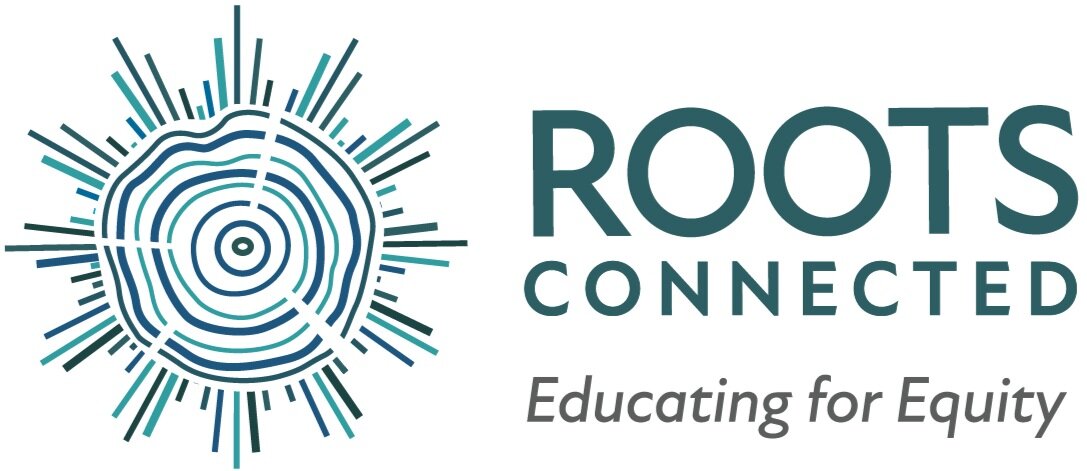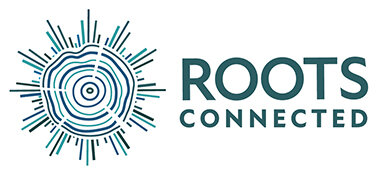Important Reminders for Discussing Current Events
Contributor: Jayne Sohn
It is important that current events are part of ongoing practice in our classrooms. The resource: Discussing Current Events, provides support and guidance in this practice. Additionally, the following reminders are important to keep in mind as important events, both those connected to pain and to joy, emerge and teachers make space to discuss them in their classrooms. We hope that they are helpful:
It is important to do our own research to understand the topic. Part of the work of creating anti-bias communities is the commitment to ongoing personal work.
Consider what is developmentally appropriate to share with students. Part of this work involves knowing our students well. Also, consider the questions they are asking and the conversations you have had, this will help be a guide.
Remember that no source is perfect and be honest with kids about that. Using several resources allows students to gain multiple perspectives.
Keep in mind how the identities of both adults and students may impact how we process and connect to what we are learning. Make space for children to think about their perspectives and their biases. Make space for yourself to do the same.
Start with classroom norms/agreements before discussions.
Be ready to address misinformation. Children are hearing a lot of different things. Make certain that the known facts are stated upfront and clarified if there is misinformation.
Include voices of resistance and share examples of activism.
Consider including critical literacy questions, some of which are below. More can be found here.
Whose perspective or voice is not included? Explain.
Is there bias in this current event? Explain. What are my own biases?
Are there stereotypes that are being reinforced? Explain.



